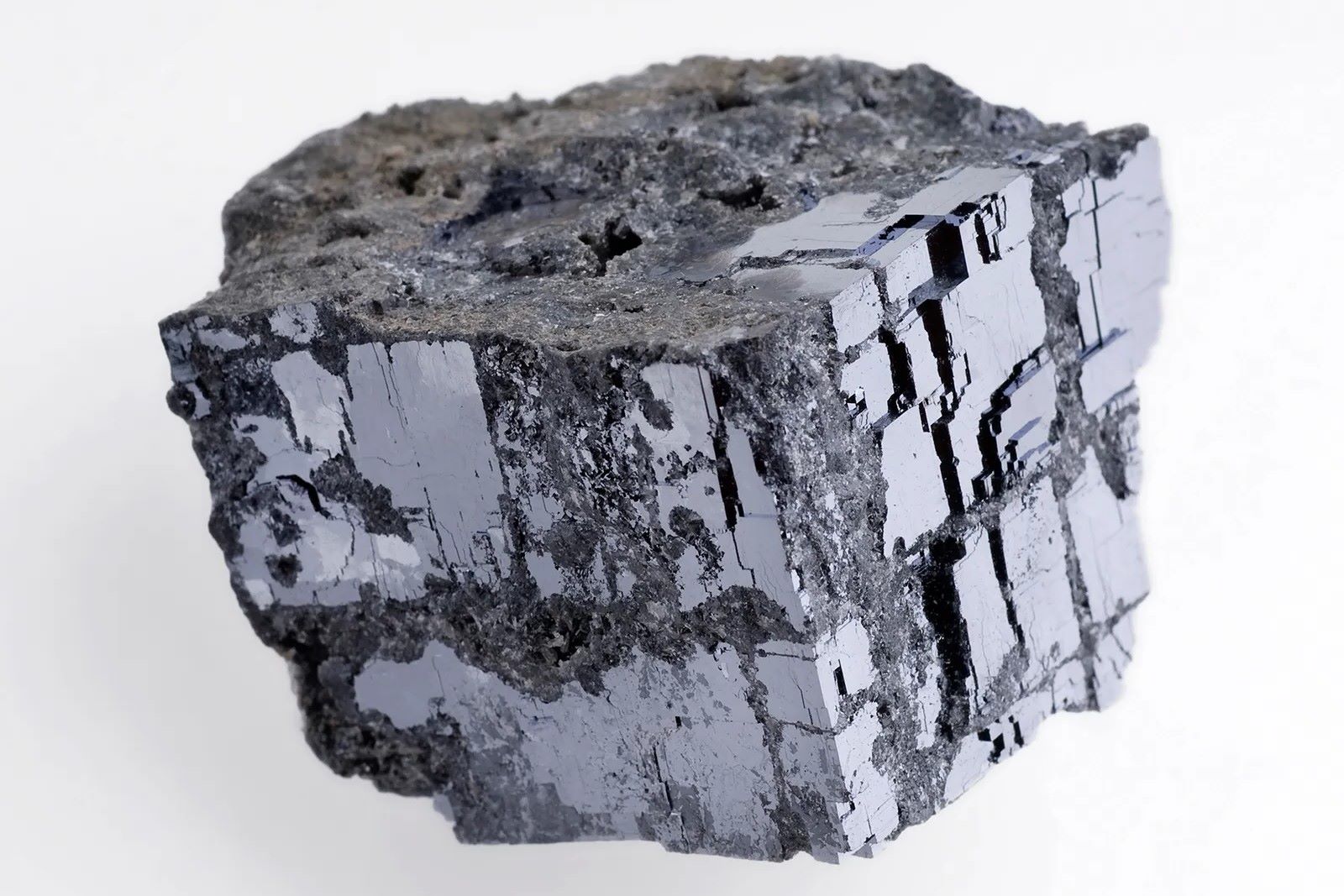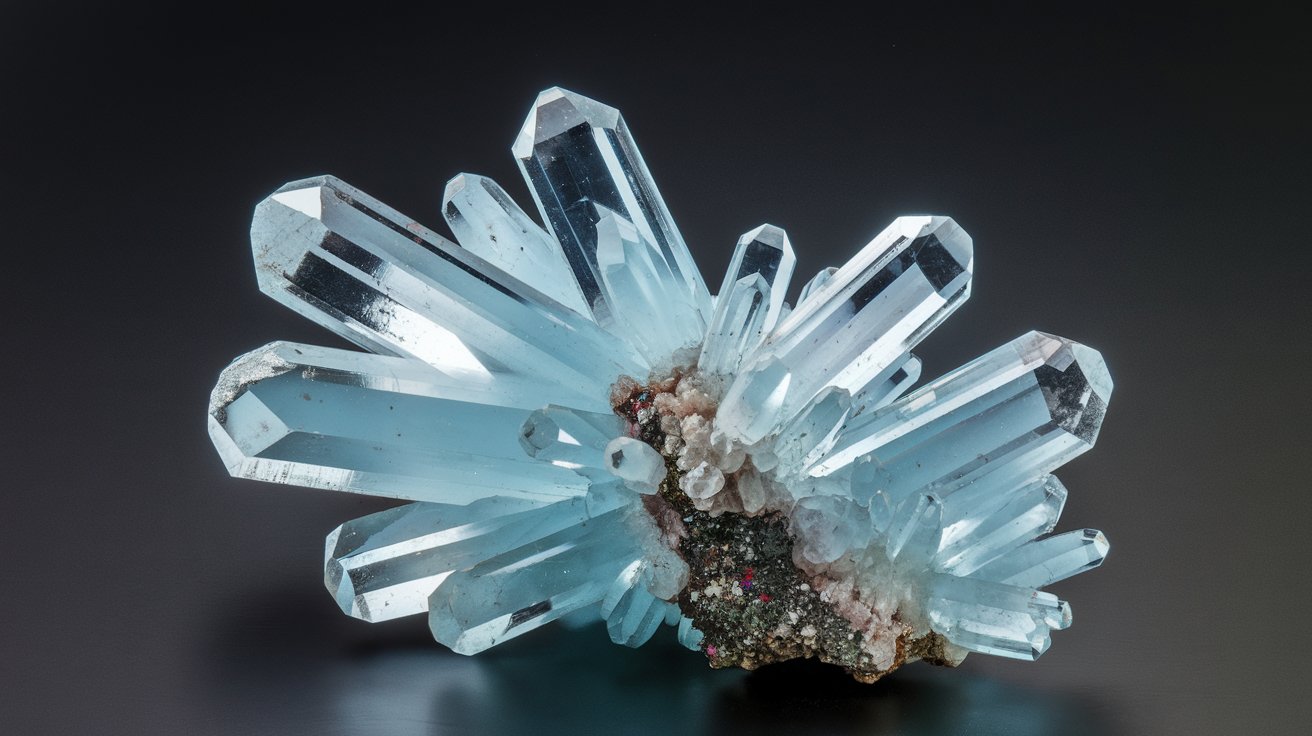
Ever wondered why lead is so important? This heavy metal has been used for centuries, from ancient plumbing to modern batteries. Lead is a soft, malleable metal that’s easy to work with, making it a favorite for various applications. Despite its usefulness, lead can be harmful if not handled properly. Exposure to lead can cause serious health issues, especially in children. Understanding the facts about lead helps us use it safely and responsibly. In this post, we’ll explore 50 fascinating facts about lead, covering its history, uses, and impact on health and the environment. Get ready to learn something new!
Key Takeaways:
- Lead, a heavy metal with unique properties, has been used for centuries in various applications. However, it poses significant health risks, especially for children and pregnant women.
- Despite its toxicity, lead remains essential in modern industries, from batteries to radiation shielding. Regulations and safety measures have been implemented to mitigate its risks.
What is Lead?
Lead, a heavy metal, has been used by humans for thousands of years. Its unique properties make it valuable in various applications, but it also poses significant health risks.
- Lead is a chemical element with the symbol Pb and atomic number 82.
- It is soft and malleable, making it easy to shape and work with.
- Lead has a bluish-white color when freshly cut but tarnishes to a dull gray when exposed to air.
- It is highly resistant to corrosion, which is why it has been used in pipes and paints.
- Lead is dense, with a density of 11.34 grams per cubic centimeter, making it one of the heaviest common metals.
Historical Uses of Lead
Throughout history, lead has been utilized in various ways, from ancient plumbing systems to modern batteries.
- The Romans used lead in their plumbing systems, which is where the term "plumbing" originates (from the Latin word "plumbum" for lead).
- Lead was a key component in ancient cosmetics, particularly in white face paint.
- It was used in medieval stained glass windows to hold the glass pieces together.
- Lead has been used in ammunition for centuries due to its density and malleability.
- The ancient Egyptians used lead in pottery glazes and cosmetics.
Modern Applications of Lead
Despite its toxicity, lead remains essential in several modern industries.
- Lead-acid batteries, used in cars and backup power systems, rely on lead for their operation.
- It is used in radiation shielding in medical and industrial settings due to its high density.
- Lead is a component in solder, which is used to join metal parts together in electronics.
- It is used in the production of lead glass and crystal glassware.
- Lead is still used in some types of paints and pigments, although its use has been significantly reduced.
Health Risks of Lead
Lead exposure can have severe health consequences, particularly for children and pregnant women.
- Lead poisoning can cause neurological damage, particularly in young children.
- It can lead to developmental delays and learning difficulties in children.
- Lead exposure is linked to high blood pressure and kidney damage in adults.
- Pregnant women exposed to lead can pass it to their unborn children, causing developmental issues.
- Lead poisoning can cause anemia by interfering with the production of hemoglobin.
Environmental Impact of Lead
Lead contamination affects not only human health but also the environment.
- Lead can accumulate in soil, posing risks to plants and animals.
- It can contaminate water supplies through old lead pipes and industrial runoff.
- Lead pollution can affect wildlife, particularly birds and aquatic life.
- The mining and smelting of lead release significant amounts of lead into the environment.
- Lead-based paints, when deteriorating, can release lead dust into the air and soil.
Regulations and Safety Measures
To mitigate the risks associated with lead, various regulations and safety measures have been implemented.
- The use of lead in household paints was banned in many countries in the late 20th century.
- Leaded gasoline was phased out in most countries by the early 2000s.
- There are strict regulations on lead levels in drinking water.
- Occupational safety standards limit lead exposure for workers in industries that use lead.
- Public health campaigns aim to educate people about the dangers of lead and how to avoid exposure.
Interesting Facts About Lead
Lead has some fascinating properties and uses that might surprise you.
- Lead is recyclable, and a significant portion of lead used today comes from recycled sources.
- It is used in the production of bullets and shot for hunting and sport shooting.
- Lead has a low melting point of 327.5 degrees Celsius, making it easy to cast into shapes.
- It is used in diving weights to help divers sink and maintain buoyancy.
- Lead was once used in wine sweeteners in ancient Rome, which contributed to widespread lead poisoning.
Lead in Popular Culture
Lead has made its way into various aspects of popular culture and history.
- The phrase "get the lead out" means to hurry up, originating from the idea of removing heavy lead weights.
- Lead is mentioned in the Periodic Table of Elements song by Tom Lehrer.
- The lead apron worn during X-rays protects patients from radiation.
- Lead was once used in toy soldiers, which are now considered collectibles.
- The lead balloon metaphor describes something that fails completely, as lead is too heavy to float.
Lead in Science and Technology
Lead continues to play a role in scientific research and technological advancements.
- Lead is used in nuclear reactors as a coolant and radiation shield.
- It is a component in piezoelectric materials, which generate electricity when compressed.
- Lead is used in semiconductors for certain types of electronic devices.
- It is used in the production of optical lenses and infrared detectors.
- Lead is part of the alloy used in the construction of some types of musical instruments, like organ pipes.
Fun Facts About Lead
Some quirky and lesser-known facts about lead add to its intriguing history.
- Lead's Latin name, plumbum, is where the symbol Pb comes from.
- Lead is one of the heaviest stable elements in the periodic table.
- It was once used in hair dyes in the 19th century.
- Lead can be found in some types of pottery and ceramics.
- The lead pencil actually contains no lead; it uses graphite, a form of carbon.
Final Thoughts on Lead
Lead's story is both fascinating and cautionary. This heavy metal, used for centuries in various applications, has a dark side due to its toxicity. From ancient plumbing to modern batteries, lead's versatility is undeniable. However, its health risks, especially to children, can't be ignored. Lead poisoning remains a serious issue, highlighting the need for strict regulations and safer alternatives.
Understanding lead's properties and history helps us appreciate its impact on human progress and health. While it has played a crucial role in many industries, the dangers associated with lead exposure remind us to handle it with care. As we move forward, balancing lead's benefits with its risks will be key to ensuring a safer environment for future generations. Stay informed, stay safe, and always be aware of the materials around you.
Frequently Asked Questions
Was this page helpful?
Our commitment to delivering trustworthy and engaging content is at the heart of what we do. Each fact on our site is contributed by real users like you, bringing a wealth of diverse insights and information. To ensure the highest standards of accuracy and reliability, our dedicated editors meticulously review each submission. This process guarantees that the facts we share are not only fascinating but also credible. Trust in our commitment to quality and authenticity as you explore and learn with us.


